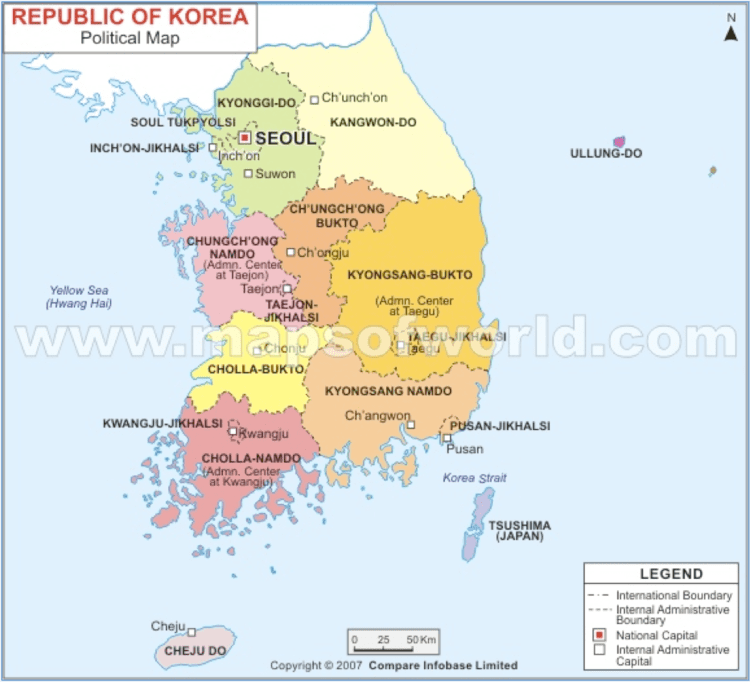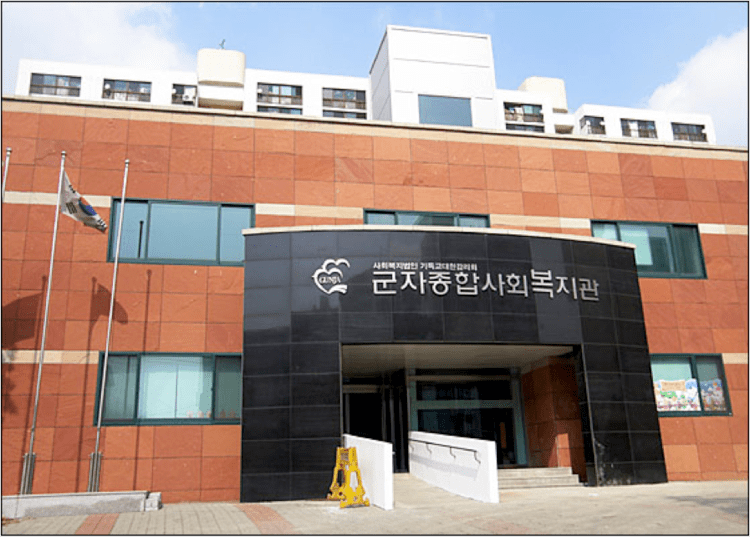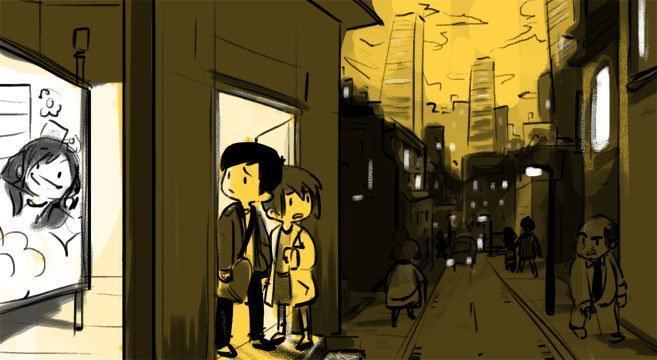 | ||
The Settlement Support Center for North Korean Refugees (Korean: 북한이탈주민정착지원사무소 Bughan Ital Jumin Jeongchagjiwon Samuso), commonly known as Hanawon (하나원, "House of Unity") is a South Korean facility for reeducation of North Korean defectors.
Contents

History

Hanawon opened on 8 July 1999, and is located about an hour south of Seoul in the countryside of Anseong, Gyeonggi Province. In her book Nothing To Envy: Ordinary Lives in North Korea, journalist Barbara Demick describes Hanawon as a cross between a trade school and a halfway house, and describes its purpose as teaching North Koreans how to live on their own in South Korea.

Originally built to accommodate around 200 people for a three-month resettlement program, in 2002 the facility's capacity was doubled to 400. In 2004, to mark the fifth anniversary of the program, a second facility opened south of Seoul.
Operation

At Hanawon, the three-month training curriculum is focused on three main goals: easing the socioeconomic and psychological anxiety of North Korean defectors; overcoming the barriers of cultural heterogeneity; and offering practical training for earning a livelihood in the South. Refugees relearn the peninsula's history, i.e. that the North started the Korean War, and take classes on human rights and the mechanics of democracy. They are taught how to use an ATM, pay an electric bill, drive a car, read the Latin alphabet and speak the South Korean dialect. They are taken on field trips to buy clothes, get haircuts, and eat at a food court.
Many refugees have poor teeth due to malnourishment. Many also suffer from depression and other psychological problems when they arrive at Hanawon. 30% of female defectors in particular show signs of depression, which analysts attribute to, among other things, having experienced sexual abuse in North Korea, or in refuges in China.
Hanawon imposes heavy restrictions on the travel of North Korean defectors because of security concerns. In addition, security is tight with barbed wire, security guards, and cameras. The threat of kidnap or physical attacks against individual defectors by North Korean agents is ever-present.
Upon completion of the Hanawon program, defectors find their own homes with a government subsidy. When Hanawon first opened, North Koreans were originally offered ₩36 million per person to resettle with ₩540,000 monthly afterward. Now they receive ₩20 million to resettle and ₩320,000 monthly for five years. Following their completion of the Hanawon program, many defectors find additional assistance through civil society organizations such as Liberty in North Korea or Saejowi.
